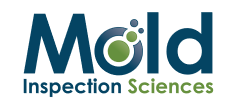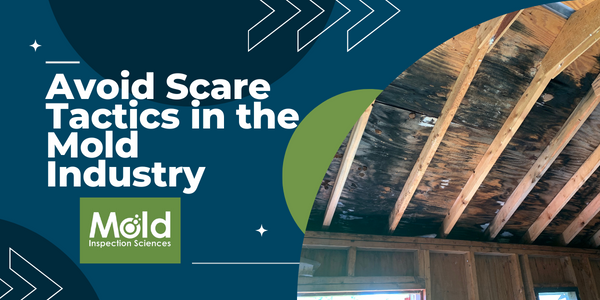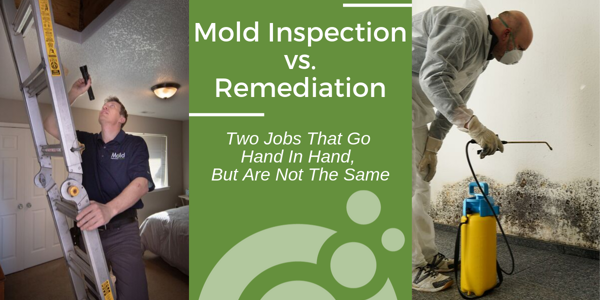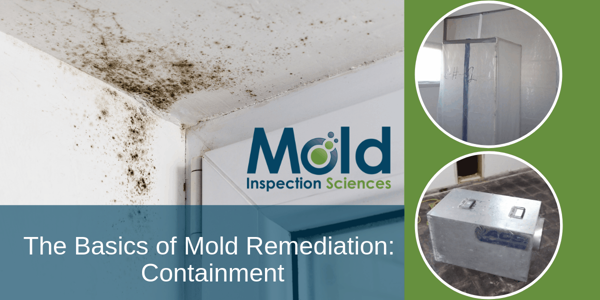Invasive Exploration for Mold
The majority of our mold and moisture investigations are considered "non-invasive". This means that our inspectors do not cut open walls and ceilings, we don't remove bathroom or kitchen fixtures, nor do we lift carpeting or flooring materials. There are two primary reasons for this approach. Number one, if there is hidden mold, we don't want to cause airborne mold spore contamination by exposing and disturbing the mold. Number two, performing invasive exploration can cause damage (intentional or unintentional) to a home. But, sometimes to fully understand a mold problem, or to be able to fully remedy a mold problem, invasive exploration is necessary. So, who should do it?
The best person to perform invasive exploration for mold is a mold remediation professional. They have the tools and expertise to place a testing area under containment using specific engineering controls. This containment will prevent the spread of airborne mold spores should mold be found during the exploration.
We will make the recommendation for invasive exploration for mold when we believe hidden mold is possible. For example, if during a typical mold inspection at a personal residence, we find an actively wet wall in a bathroom. We will recommend ambient mold air sampling and sometimes a wall cavity sample. If both of those samples are negative, we will recommend that the wall be opened (invasive exploration for mold). Since the wall is wet and sealed from the ambient air in the bathroom, it is possible that there is hidden mold in the wall even though the air sample was normal or negative. Should mold be found in the wall during the exploration, it will need to be professionally removed. If no mold is found, the source of water will need to be repaired, but no professional mold remediation is required.
Invasive exploration is also an integral part of professional mold remediation. If for example, we definitively discover a mold problem under a kitchen sink, we will recommend invasive testing under, beside, behind, and below that cabinet to look for mold that we cannot see in our visual investigation. This invasive exploration will continue to approximately 18 inches beyond the last visible mold growth and water damage.
Invasive exploration for mold is another important tool used in professional mold investigations. It is generally used to collect secondary data and is not always required as part of a professional mold inspection.




